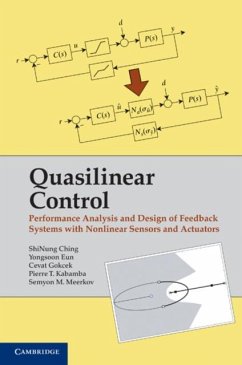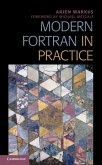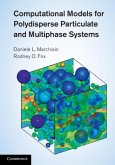This is a textbook and reference for readers interested in quasilinear control (QLC). QLC is a set of methods for performance analysis and design of linear plant or nonlinear instrumentation (LPNI) systems. The approach of QLC is based on the method of stochastic linearization, which reduces the nonlinearities of actuators and sensors to quasilinear gains. Unlike the usual - Jacobian linearization - stochastic linearization is global. Using this approximation, QLC extends most of the linear control theory techniques to LPNI systems. A bisection algorithm for solving these equations is provided. In addition, QLC includes new problems, specific for the LPNI scenario. Examples include Instrumented LQR/LQG, in which the controller is designed simultaneously with the actuator and sensor, and partial and complete performance recovery, in which the degradation of linear performance is either contained by selecting the right instrumentation or completely eliminated by the controller boosting.
Dieser Download kann aus rechtlichen Gründen nur mit Rechnungsadresse in A, B, BG, CY, CZ, D, DK, EW, E, FIN, F, GR, HR, H, IRL, I, LT, L, LR, M, NL, PL, P, R, S, SLO, SK ausgeliefert werden.









